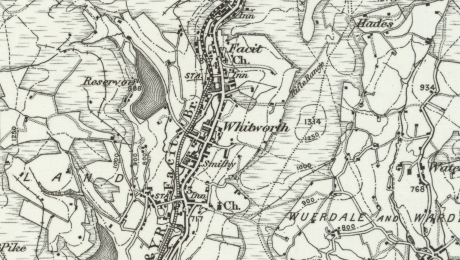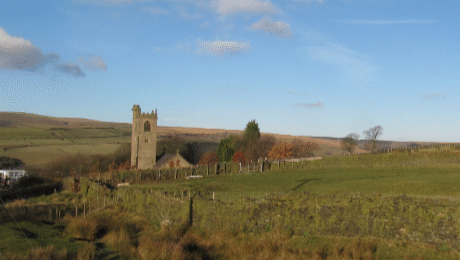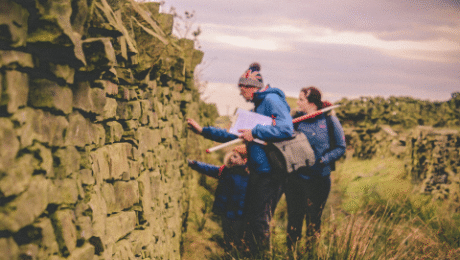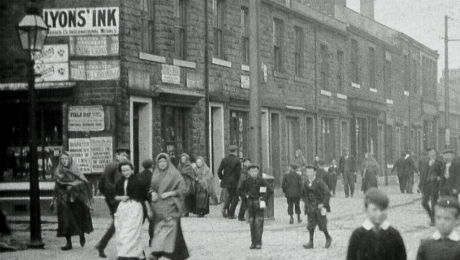Once home to John Stott, a herbalist doctor who supplied the community with tinctures and potions in the early 19th-century, Brown Wardle Farm is now a ruin.
What was life like for the many generations of the Stott-Milne family who lived here? Did anyone live there before them? What did they do, and why did they leave?
In May 2018, with the help of our Venturers, DigVentures will be conducting an excavation at Brown Wardle Farm to establish the earliest date of the settlement, how people lived, and why it was abandoned. Evidence suggests that the earliest settlements are much more likely to have been on the uplands rather than down in the valley, and no one really knows why the settlement was abandoned.
We’ve chosen this small hamlet for our excavation because it is typical of many similar abandoned sites in the wider area. Nobody knows when they started, when they ended, and what effects the industrialisation of the area had on them. This is our chance to find out!
The Domesday Book, commissioned by William The Conqueror after his successful invasion in 1066, records a settlement in Spotland occupied by ‘Gamel the Thane’, proving that there have been people living near Rochdale for over 1,000 years. It is likely that settlement began much earlier, however there is no conclusive evidence. Place names also indicate that there was some Scandinavian settlement locally, showing that the area was rich in diversity and culture.
We’ve chosen Brown Wardle Farm for the excavation because there is a good chance that there there is an earlier phase to the site predating the buildings we can see today, and because the location is likely to have been important to the wider area. In addition to the excavation, we’ll be doing photogrammetry and building surveys at another site nearby called Cow Clough, an early industrial settlement and nunnery removed by the construction of a reservoir. Both of these sites have very significant archaeological questions to answer. There’ll be something for everyone!





